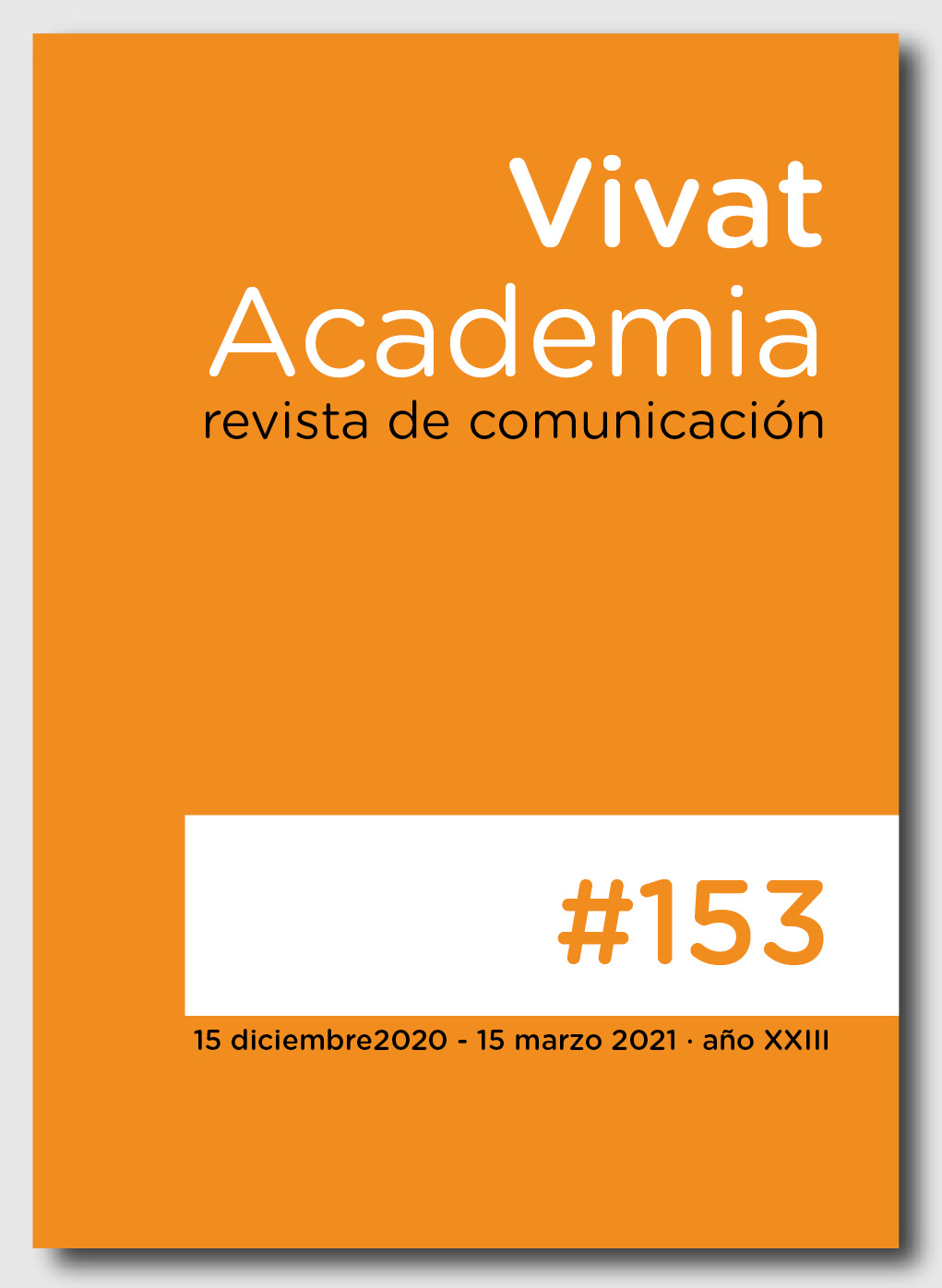The need for aesthetic education for training in graphic design: a methodological proposal.
Main Article Content
Abstract
This research studies the need to combine aesthetic education and the acquisition of visual culture as technical skills for graphic design. A double methodology is established: recovery and bibliographic exploration that analyzes the linking of the technical knowledge of both disciplines, as well as the practical analysis of the results obtained through its application in the teaching experience and the questionnaire as a qualitative research technique carried out to Degree students in Advertising and Public Relations. The results show that the transversal teaching method and historical and theoretical training on visual media are suitable for the application of digital techniques and the development of projects for the creation of branding, visual identity, and brand image.
Downloads
Article Details

This work is licensed under a Creative Commons Attribution-NonCommercial-ShareAlike 4.0 International License.
References
Arroyo, R. G. (2012). Del boceto al diseño: la materialización del discurso visual en el diseño gráfico. Vivat Academia, (119), 42-57. DOI: https://doi.org/10.15178/va.2012.119.42-57
Berardi, Franco “Bifo” (2017), Fenomenología del fin. Sensibilidad y mutación conectiva. Buenos Aires, Caja Negra.
Català, J. M., & Doménech, J. M. C. (2005). La imagen compleja: la fenomenología de las imágenes en la era de la cultura visual (Vol. 42). Univ. Autònoma de Barcelona.
Contreras Romero, Sandra Virginia (2012) Strategic aesthetics in advertising campaigns : implications for art direction education. Tesisi Doctoral, Queensland University of Technology. Disponible en https://eprints.qut.edu.au/53222/
Costa, J. (1992). Identidad Corporativa y estrategia de empresa. Visual: magazine de diseño, creatividad gráfica y comunicación, (27), 14-20.
Diaz de Rada, V. (2007), Tipos de encuestas considerando la dimensión temporal, Papers, nº 86, 2007. DOI: https://doi.org/10.5565/rev/papers/v86n0.814
Dillon, W.R., Madden, T.J. y Firtle, N.H (1994). Marketing research in a marketing environment. Illinois: Richard D. Irving.
Flusser, V. (2019) El universo de las imágenes técnicas. Elogio de la superficialidad. Buenos Aires, Caja Negra editores.
Freedman, K., y Stuhr,P. (2004) “Curriculum changes for the 21st century: visual culture in art education”, en Eisner, E, y Day, M. (eds) Handbooks of research and policy in art education. Mahwah, Lawrence Eribaum, NJ, pp 815-828.
Grado en Publicidad y Relaciones Públicas: Crea, participa y brilla en el Festival “Tocados por la Publicidad”. En Universidad de Nebrija. Recuperado de https://www.nebrija.com/carreras-universitarias/publicidad-relaciones-publicas/ consultado el 16 de enero de 2020.
Gude, O. (2007) “Principles of Possibility: Considerations for a 21st-Century Art & Culture Curriculum”. Art Education; Enero de 2007; nº 60, 1; ProQuest Central pp 6-17. DOI: https://doi.org/10.1080/00043125.2007.11651621
Las mejores agencias de publicidad del mundo (2017). ReasonWhy. Recuperado de https://www.reasonwhy.es/actualidad/sector/mejores-agencias-de-publicidad-mundo
Lipovetsky, G. y Serroy, J. (2015) La estetización del mundo. Barcelona, Anagrama.
Martinez Luna, S. (2019). Cultura Visual. La pregunta por la imagen. Vitoria, Sans Soleil.
Mirzoeff, Michael (2003), Introducción a la cultura visual. Barcelona: Paidós.
Mitchell, W. J. T. (2017). ¿ Qué quieren las imágenes? Sans Soleil.
Mulvey, L. (2001) Placer Visual y cine narrativo en Wallis, Brian (ed.) Arte después de la modernidad. Nuevos planteamientos en torno a la representación. Madrid, Akal.
nPeople Confidential and Propietary (2018). La Agencia del Futuro. Recuperado de https://ipmark.com/wp-content/uploads/2018/05/Estudio-RESET_Agencias-de-Espa%C3%B1a.pdf
Jordá, M. T. P., & Pujante, A. P. (2015). Publicidad y filosofía. Parecidos razonables. Vivat Academia, (132), 88-105. DOI: https://doi.org/10.15178/va.2015.132.88-124
Skowronek, H. (1970). Lernen und Lernfähigkeit, Munich.p11.
Tavin, Kevin: “Seeing and being seen: Teaching visual culture to (mostly) non-art education students”, The International Journal of Arts Education 7 (2), 2009 pp 14-22.





